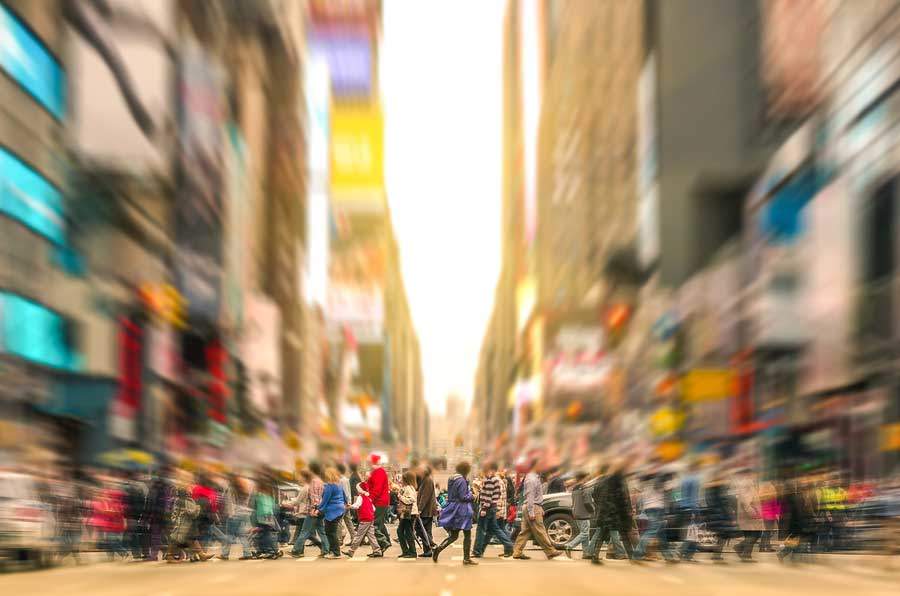By Burt Braunius
April 15, 2014During the beginning of a new year, we often think about making changes… maybe not exactly like the song, “Time to Change” by the Brady Bunch, but they capture the idea, “When it’s time to change, you’ve got to rearrange who you are into what you’re gonna be.” For a dose of the Brady Bunch song, click here.This season of the year is good for reflecting on how our leadership principles and practices should change. An article entitled “When Leaders Change, Churches Change” by Eddie Hammett identifies ten necessary changes.
- Leaders mobilize laypersons in ministry. Many lay leaders are or can be great at pastoral care. Ephesians 4:12 declares, “Equip the saints for the work of ministry.” Lay members are gifted with mercy, helps, nurturing, and teaching, and they can do a great job if the congregational culture values their calling and validates their caregiving.
- Leaders build partnerships and alliances in the surrounding community. This gives people opportunities to be salt, light, and leaven in the world and to be leaders of impact and influence in community groups or businesses.
- Leaders spend time with other leaders to build relationships, stay current, and engage persons in effective teams for the good of the community by forming short-term task-force teams.
- Leaders model Christ-like behavior among believers and nonbelievers. Leaders need to spend time with other leaders and with nonbelievers as a model for others.
- Leaders who are pastors/ministers are called to lead in worship on a regular basis, but such leadership roles can also be shared with lay ministers if the church culture values this and validates their leadership roles.
- Leaders have to be engaged in intentional prayer, reflection, and continuing education to stay focused and connected with rapid shifts in culture and new discoveries that impact the spiritual health of church leaders and members.
- Leaders are disciple-makers who grow people in faith and fruitfulness. Where faith matures, leaders are being fruitful and multiplying ministry.
- Leaders lead. If only leaders provide care, then the church is likely to become more inward focused than outward focused on accomplishing the biblical mandate for the church.
- Leaders are responsible for moving the church forward, pleasing God and not just caring for the needs of its members.
- Leaders are called to stretch beyond their comfort zones in order to model growth, maturity, and faith as God pulls the church and leaders into higher heights and deeper depths of the love of God.

One example of a church that functions according to the above ten points is seen in the ongoing partnership between Church Leadership Center and Faith Church (Dyer, IN). CLC provides support for the leadership development components of assessment, course design, facilitator orientation, e-portfolios, and certification of competencies. This is the third year of our collaboration. The picture is of their “Pastoral Leadership Residency” group which began on Wednesday, January 8.










